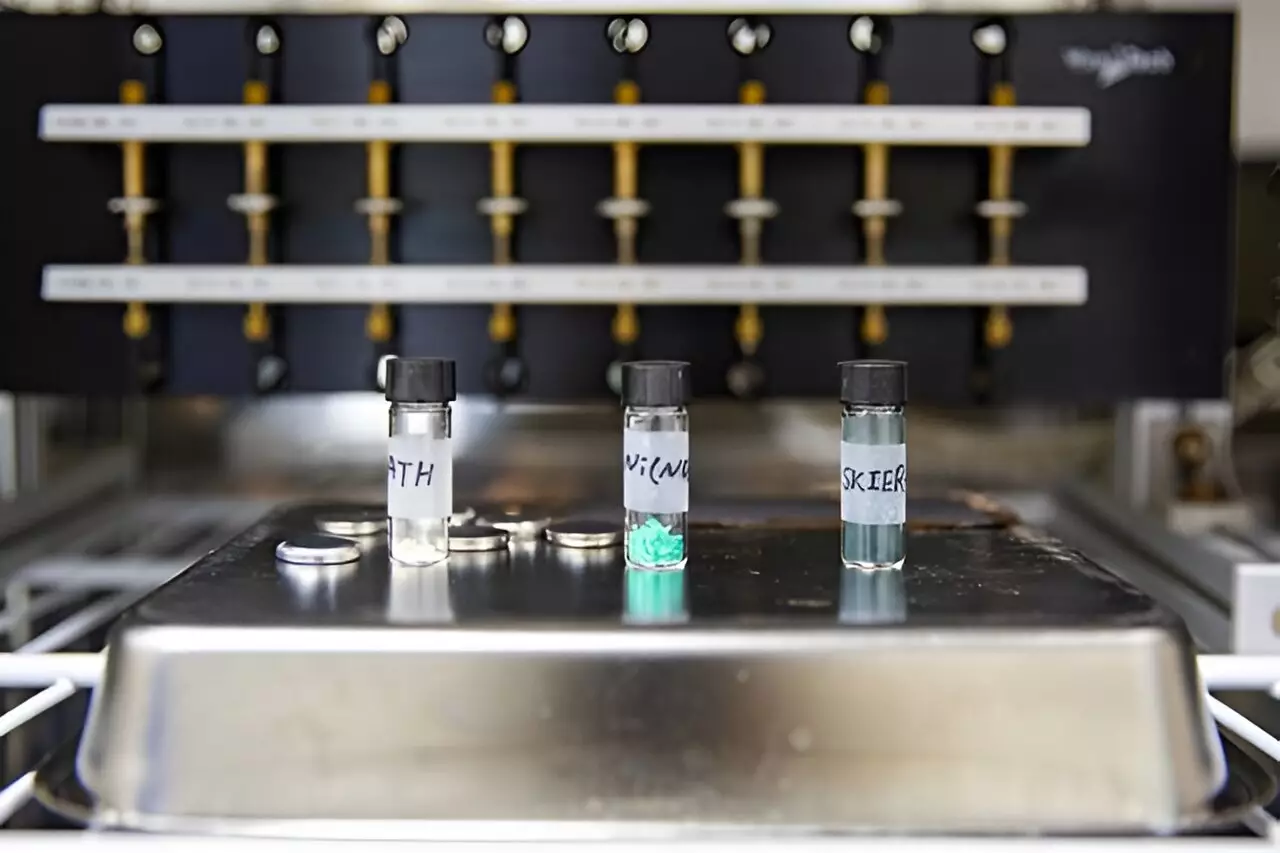The Korea Institute of Energy Research (KIER) has made a significant breakthrough in the field of battery technology by developing a redox-active metal-organic hybrid electrode material known as SKIER-5. This innovative material has the unique characteristic of remaining stable in cold conditions as low as minus 20 degrees Celsius, making it a superior alternative to conventional graphite anodes used in lithium-ion batteries.
Graphite has been the standard material used for anodes in lithium-ion batteries due to its thermodynamic stability and cost-effectiveness. However, graphite-based batteries have significant drawbacks, especially in freezing conditions. The storage capacity of these batteries decreases sharply at subzero temperatures, and the formation of dendrites on the anode surface during charging can lead to thermal runaway and potential explosions.
A team of researchers led by Dr. Jungjoon Yoo, Dr. Kanghoon Yim, and Dr. Hyunuk Kim at KIER has successfully developed SKIER-5, a redox-active conductive metal-organic framework that addresses these limitations. This framework is composed of a trianthrene-based organic ligand and nickel ions, which allows for a discharge capacity five times higher than that of graphite in subzero environments.
The SKIER-5 anode has demonstrated a discharge capacity of 440 mAh/g, surpassing the 375 mAh/g capacity of a graphite electrode at room temperature. Even after 1,600 charge-discharge cycles, the capacity of SKIER-5 increased by approximately 1.5 times, which is a remarkable result considering the typical decrease in discharge capacity with repeated cycles.
Unlike graphite, SKIER-5 interacts with lithium ions to trigger redox reactions involving electron transfer, which allows for increased electron storage and a higher discharge capacity. The inclusion of nickel ions and heteroatoms (N, F, S)-based organic ligands in SKIER-5 contributes to its outstanding performance, particularly at low temperatures.
The operating principle of SKIER-5 has been validated using first-principles calculations based on quantum chemistry. By determining the crystalline structure of SKIER-5 and predicting lithium adsorption sites, the research team was able to confirm the material’s theoretical capacity and reaction voltage, which closely matched the experimental results. This validation solidifies the exceptional performance of SKIER-5 as a lithium battery anode.
The development of SKIER-5 by the Korea Institute of Energy Research represents a significant advancement in battery technology. Its stability in cold conditions, high discharge capacity, and redox-active properties make it a promising alternative to conventional graphite anodes in lithium-ion batteries. With further research and development, SKIER-5 has the potential to revolutionize the way we power electric vehicles, drones, and ultra-small electronic devices, even in extreme temperatures.


Leave a Reply